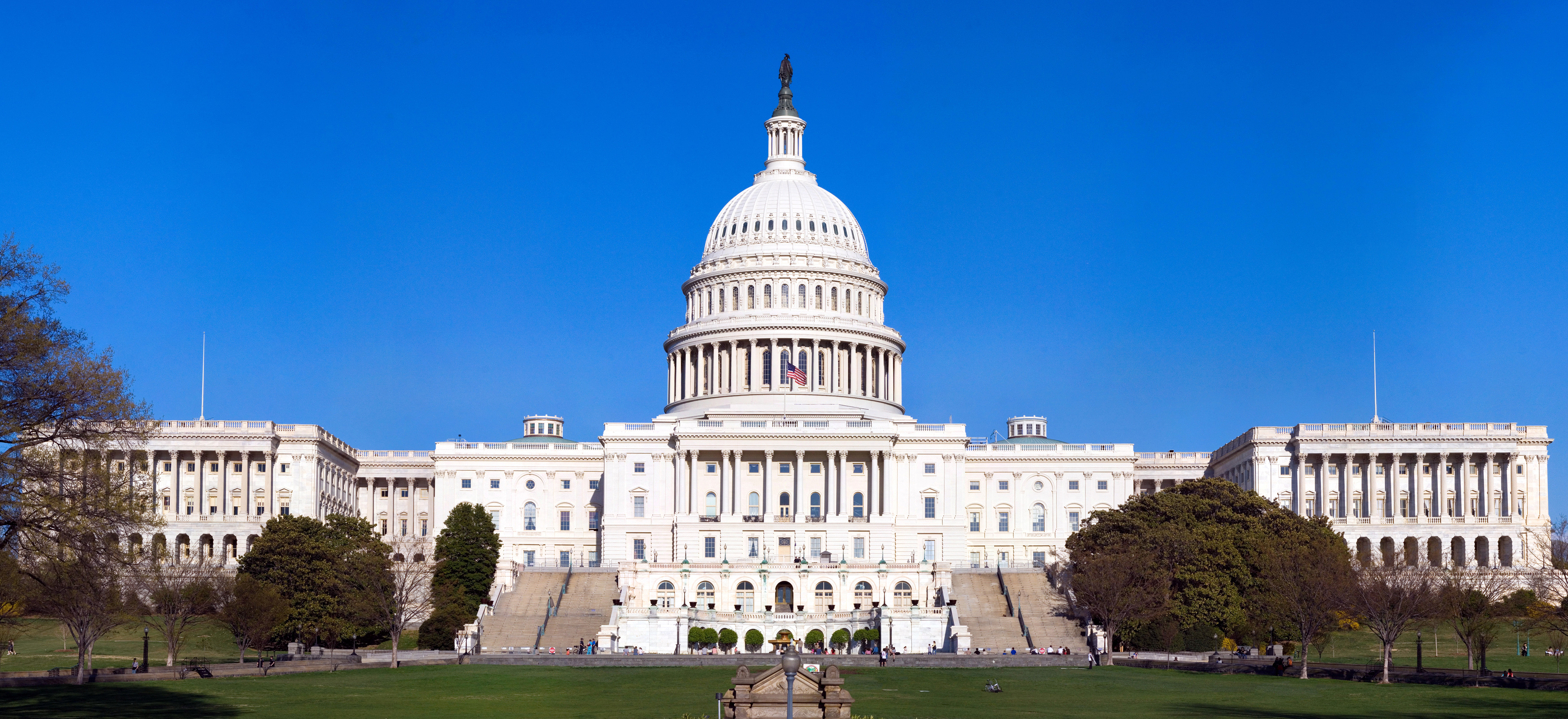CHIP has expired: What health care providers need to know
Click Here to Manage Email Alerts

Congress has allowed the Children’s Health Insurance Program to expire effective Sept. 30, leaving physicians and the nearly 9 million patients covered by the program concerned for the future of childhood health care in the United States.
CHIP has traditionally been funded through a combination of federal and state funding as an “enhanced” Medicaid program, and has been reauthorized numerous times since its formation in 1997, according to Richard F. Jacobs, MD, from the University of Arkansas for Medical Sciences. Since its implementation, CHIP has made a sizable impact on the number of uninsured children, with a decrease from 13.9% in 1997 to 4.5% in 2015. The last reauthorization of the program was completed in 2015.
“There is a risk that several million children would be uninsured, depending on whether their state adopted the Affordable Care Act and whether those states that did not have the funds to add to traditional state-funded programs,” he said in an interview with Infectious Diseases in Children. “This risk is tremendous. The loss of benefits would be horrendous for pregnant women and children.”

Although the prospect of millions of children losing insurance coverage is daunting, researchers from the Medicaid and CHIP Payment and Access Commission (MACA) suggest that without extending federal funding, the loss of coverage would happen in increments. This will begin with 31 states and the District of Columbia running out of funds by March 2018, and all states — excluding Wyoming — would drain their funds by June 2018.
Sara Rosenbaum, JD, Harold and Jane Hirsh Professor of Health Law and Policy at the Milken Institute School of Public Health, George Washington University, and colleagues note that the depletion of funding may be impacted by recent events.
“MACA cautions that its projections regarding when federal CHIP funding will run out could understate the problem if, for some reason, enrollment in the coming months exceeds projections,” they wrote in a study published by the Commonwealth Fund. “Hurricanes Harvey and Irma appear to have sped up the clock in Texas and Florida because of the greater demand for publicly funded insurance in the wake of the disasters and both states’ decisions to ease CHIP enrollment rules to assist families.”
Obstacles in funding CHIP
Although the potential repeal of the ACA has dominated Congress’ time, several questions need to be addressed regarding reinstating funding for CHIP. In an interview with Infectious Diseases in Children, Rosenbaum suggested that Congress will need to make decisions on the continuation and length of funding for CHIP.
“It costs money to keep this program going, and at the moment, nobody seems willing to come up with a source of funding,” she said.
Additionally, Rosenbaum and colleagues note that Congress will also have to question the ACA’s role in providing additional funding enhancements and whether states should have the flexibility to impose waiting periods and benefits for families with incomes at various levels below the poverty line.
Jacobs believes that this stall in a decision represents Congress’ dysfunction and lack of leadership.
“To be completely honest, I think the reason CHIP has not been discussed is because of the lack of our current Congress to be able to work together and get things done for the American people and American children,” Jacobs said. “There is absolutely no reason in my mind for why CHIP was not reauthorized. This was an easy reauthorization that helps millions of American children. I cannot comprehend why this reauthorization did not happen.”
What providers can do
The potential loss of insurance coverage for children may have greater implications for health care norms in the United States. Jacobs believes that with more children populating the uninsured pool, families will increase the burden placed on hospitals and EDs by making them their main source of primary care — a costlier and nonpreventive way to combat health concerns.
Additionally, Jacobs worries that not allocating funds for CHIP may result in a decline in the use of prenatal care as well as a reduction of well-baby visits, decreased immunization rates and an overall less healthy population.
To fully convey the gravity of this situation, Jacobs suggests that pediatricians and those who utilize CHIP be vocal about what the program has done for their patients and their children.
“People need to get a grassroots campaign going. Contact your legislators on the federal and state level,” Jacobs said. “Congress needs to understand that this is completely unacceptable and that they have failed in their duty to represent their constituency and American children.”
Rosenbaum urges pediatricians to understand that other measures are available for states who do not receive CHIP funding, especially those with the ACA.
“Pediatricians at the local level should be insisting with their states that this is not a binary choice,” she said. “If CHIP funding is not extended, states can always expand their Medicaid programs to pick these children up if they are on a separate CHIP program. States would just get slightly less federal funding. Physicians should not think that children are just going to go without insurance.”
Although Rosenbaum mentions other avenues available for these children, Jacobs believes that funding for this program is worth its own discussion.
“I think CHIP is critical for millions of children. It is a program that has proven to have tremendous benefits, has made for a healthier population and has reduced health care costs,” Jacobs said. “We have fought for this program, it has had to be reauthorized and it has tremendous support from pediatricians, the AAP and any physician that recognizes that preventive care from pregnancy through childhood is where we should be spending our money.” – by Katherine Bortz
Disclosures: Jacobs and Rosenbaum report no relevant financial disclosures.

